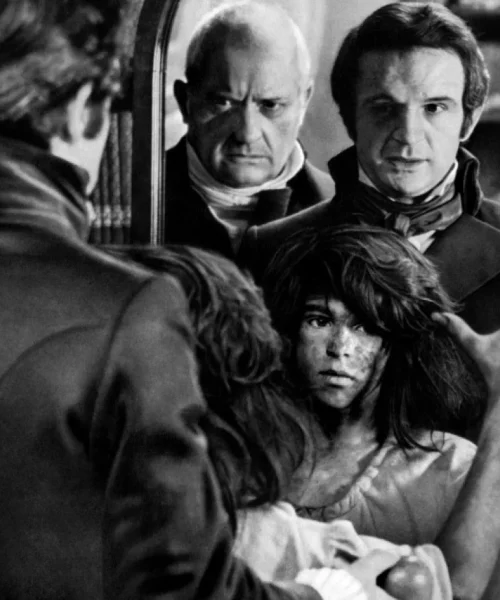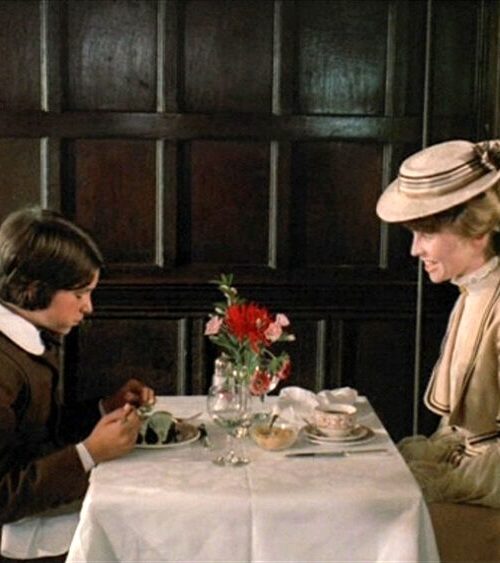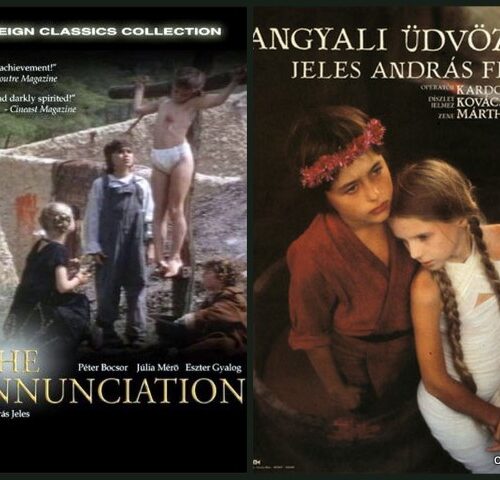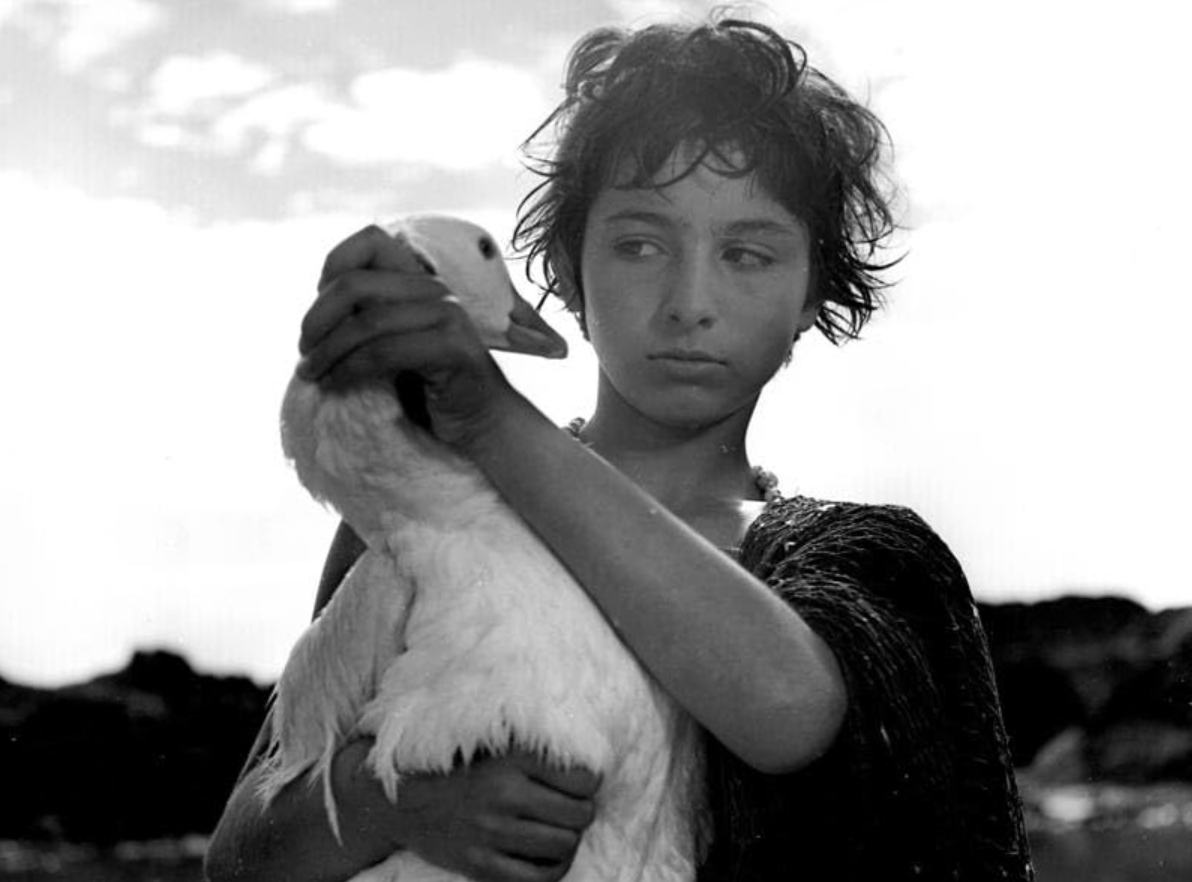
Literary Origin - The Work of Longus Sophist:
Delving into “Daphnis and Chloe”, also known as “Young Aphrodites”, we immerse ourselves in the profound waters of the literary origin of the film, drawing from the narrative source of the ancient Longus Sophist. His text, a precious gem in Greek literature, transports us to a world of paradisiacal nature, innocent love, and bucolic adventures, elements that intertwine the emotional and visual fabric of the film.
Longus’ novel, written between the 2nd and 3rd centuries AD, unfolds on an imaginary Greek island, narrating the pure and naive love story between Daphnis and Chloe. The author infuses the narrative with pastoral symbolism, where nature is not just a backdrop, but a living, participating character. Longus’ narrative structure alternates between tension and relaxation, weaving together love, jealousy, kidnappings, and ransoms, with a lightness typical of the pastoral genre, celebrating the beauty of nature and the simplicity of rural life.
Nikos Koundouros’ film adaptation diverges from traditional narration, while maintaining the essence of the story. It revisits the ancient text in a more contemporary context, preserving a deep connection with the pastoral world and its values. This represents a dialogue between the past and present, where the ancient is reinterpreted through the modern eye of the camera.
The film is not limited to a faithful reproduction of Longus’ work, but reinvents it, creating a bridge between literary tradition and cinematic art. It underscores the relevance of the themes addressed, demonstrating how ancient stories can resonate with a modern audience and how art, in all its forms, is a powerful vehicle for exploring and rediscovering the human condition.
Visual Aesthetics - The Use of Black and White in the Film:
In “Daphnis and Chloe”, the choice of black and white is not merely an aesthetic decision, but contributes to creating a sense of suspended temporality. This visual approach, evocative of an ancient bas-relief, lends the film an ageless character. The figures and landscapes, although fixed, come to life under the gaze of the viewer, with the absence of color enriching the narrative rather than limiting it.
The use of black and white serves not only to evoke the past but also acts as a filter that purifies and distills the imagery. By eliminating the distractions of bright colors, it allows the fundamental themes of the story to emerge with greater clarity. The chromatic simplicity invites viewers to focus on the emotions, relationships, and poetic imagery.
This visual language is rich in contrasts and symbolism. Each scene becomes a painting, where light and shadow define the emotional and narrative tone. The black and white reflects the themes of the film: innocence and experience, nature and civilization, dream and reality, exploring the wide range of human emotions and accompanying the characters on their emotional and physical journey.
The choice of black and white adds depth and sophistication to the film, like in a Caravaggio painting, where chiaroscuro reveals hidden details and lends dramatic intensity. Each frame transforms into a work of art, where details, gestures, and glances gain deeper meaning.
In conclusion, the visual aesthetics of “Daphnis and Chloe”, with its thoughtful use of black and white, serves as a bridge between classical storytelling and modern sensibility. This stylistic choice not only pays homage to the past but reinvents it, allowing the story to shine through a veil of pure visual poetry, demonstrating the power of visual storytelling even through the simplest of means.
Shooting Techniques - The Art of Simplicity and Sensuality:
In “Daphnis and Chloe”, director Nikos Koundouros adopts minimalist yet highly evocative shooting techniques. This approach, characterized by sparse framing and camera movements, diverges from the excessive use of complex techniques, opting for a direct purity. This choice is not a limitation but a powerful artistic statement that focuses attention on the story and characters, rather than on technical artifices.
The film’s shooting techniques contribute to creating an intensely engaging and sensual atmosphere. Each frame captures the essence of moments, both of tender intimacy and passionate expression. The camera assumes an almost voyeuristic role, but always respectful, allowing the viewer to immerse themselves in the emotions and experiences of the protagonists.
In “Daphnis and Chloe”, the camera transforms into a brush that paints with delicacy and passion. Koundouros uses the camera to trace the contours of emotions, the nuances of light and shadow, and significant details. Each frame is a work of art, where measured but profound touches reveal an understanding of human nature and its manifestations.
The shooting techniques create a constant dialogue between the visual and the narrative. The simplicity of the frames not only amplifies the story but enriches it, adding meanings and interpretive layers. The film shows how cinematic narration can be effectively expressed through thoughtful visual choices, where less often means more.
The shooting techniques in “Daphnis and Chloe” thus represent an excellent example of how simplicity can create a cinematic experience rich in emotional nuances and deeply engaging. Koundouros demonstrates mastery in transforming technical limitations into creative opportunities, guiding the viewer on an unforgettable visual and sensory journey.
Narrative and Symbolism - The Fabric of the Story and Its Profound Meaning:
In “Daphnis and Chloe”, the narrative unfolds in a way that masterfully intertwines love, nature, and personal growth. While the film distances itself from the original literary work, it preserves its poetic and romantic essence. The story progresses through sequences that explore the sexual and emotional awakening of the young protagonists, using nature not just as a backdrop, but also as a mirror of their inner experiences.
Director Koundouros employs symbols that resonate with classical archetypes. Elements like water and pastoral landscapes, along with moments of play and discovery, are imbued with meanings that transcend the literal. These symbols act as links between the ancient and modern worlds, emphasizing universal themes of love and transition to adulthood.
The film reinterprets classical archetypes in a contemporary context. Daphnis and Chloe represent modern versions of mythological figures or characters from pastoral novels, embodying ideals of purity and discovery. Their journey from innocent creatures of nature to individuals aware of their love and sexuality is a modern expression of an ancient theme.
The symbolism of the film is not limited to the written narrative, but is intimately connected to the visual elements. The choices of framing, the use of black and white, and the management of light and shadow, contribute to building a symbolic fabric that enriches the narrative. This interaction between the visual and the narrative allows the film to explore complex themes in a subtle and multilayered way.
In conclusion, the narrative and symbolism in “Daphnis and Chloe” are intertwined in a way that respects and renews the classical tradition. Koundouros not only tells a love story but creates a work that reflects on the eternal dance between innocence and experience, nature and culture, offering a profound look at the human condition through the lens of cinematic art.
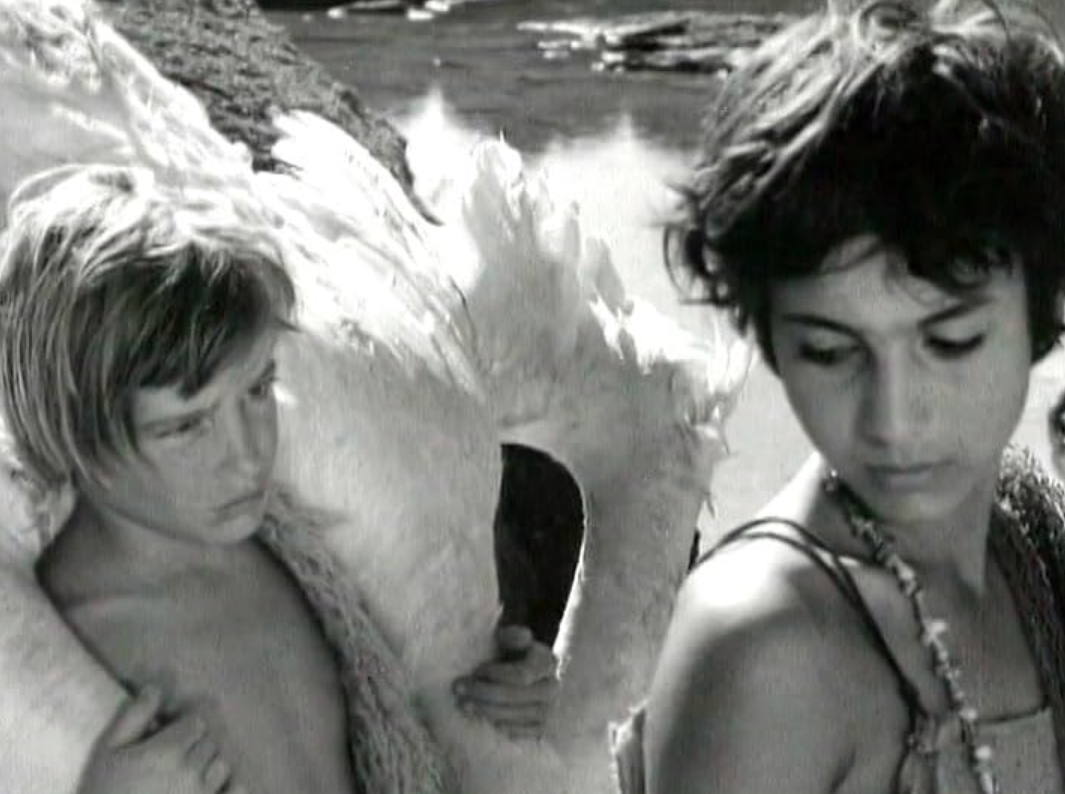
Cultural and Artistic Resonance - "Daphnis and Chloe" in Historical and Artistic Context:
“Daphnis and Chloe” emerges in a distinctive historical and cultural context, at the dawn of the 1960s, a period characterized by significant social, political, and artistic changes. This era greatly influenced the production of the film, positioning it in a time of experimentation and renewal in the world of cinema. The film voices a desire to explore universal themes through new visual languages and bold narratives.
Although a product of its time, “Daphnis and Chloe” establishes a deep dialogue with works of the past. It fits into a long tradition of love stories and rites of passage, referencing classical and mythological themes. Koundouros does not merely pay homage to these traditions but reinterprets them, creating a connection between the ancient and the modern.
The film reflects on representations of love and nature that have spanned centuries, showing how these themes remain central in art and culture. Koundouros’ vision is both a tribute and a rediscovery of these concepts, highlighting how some narratives retain their emotional power over time.
The artistic legacy of “Daphnis and Chloe” transcends its immediate impact. Contributing to the cinematic discourse of the era, the film demonstrates how cinema can be a powerful tool for exploring and reinterpreting the past. Its influence extends to future generations of filmmakers and artists, inspired by its fusion of classical storytelling and modern aesthetics.
In summary, “Daphnis and Chloe” stands out as a work of cultural and artistic resonance, reflecting its time and establishing a significant dialogue with the past. Rooted in the social and artistic dynamics of the 1960s, the film transcends the representation of its historical context, connecting with timeless themes of art and literature. Its ability to evoke and reinterpret classical elements in a contemporary language underscores an exceptional understanding of the narrative and visual power of cinema, making it a reference point for future generations of artists and filmmakers.
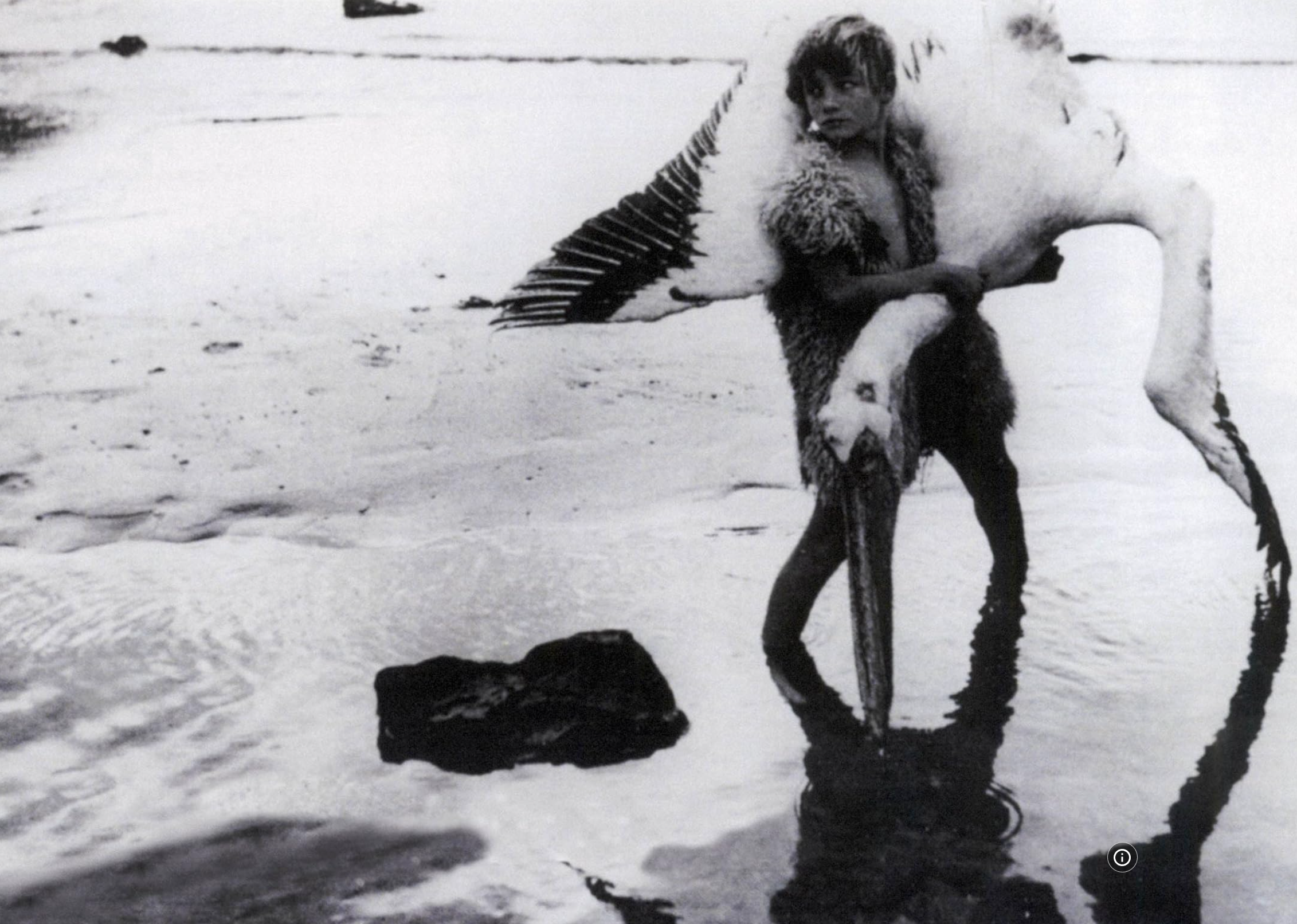
Through its exploration of universal themes such as love, growth, and nature, “Daphnis and Chloe” speaks to a broad and diverse audience, maintaining its relevance and meaning over time. Its influence in the artistic landscape is measured not only in terms of immediate impact or popularity but in its ability to remain a relevant and profound voice. The film represents a celebration of art and human culture, demonstrating how it can transcend temporal and spatial barriers to speak to future generations with intensity and meaning.
Therefore, “Daphnis and Chloe” stands not only as a valuable cinematic work but also as a shining example of how art can serve as a bridge between various epochs, exploring and celebrating the complexity and beauty of the human experience through the centuries. It is a testament to the power of art to connect, inspire, and reflect on the deep meaning of being human in an eternal dialogue between past and future.



